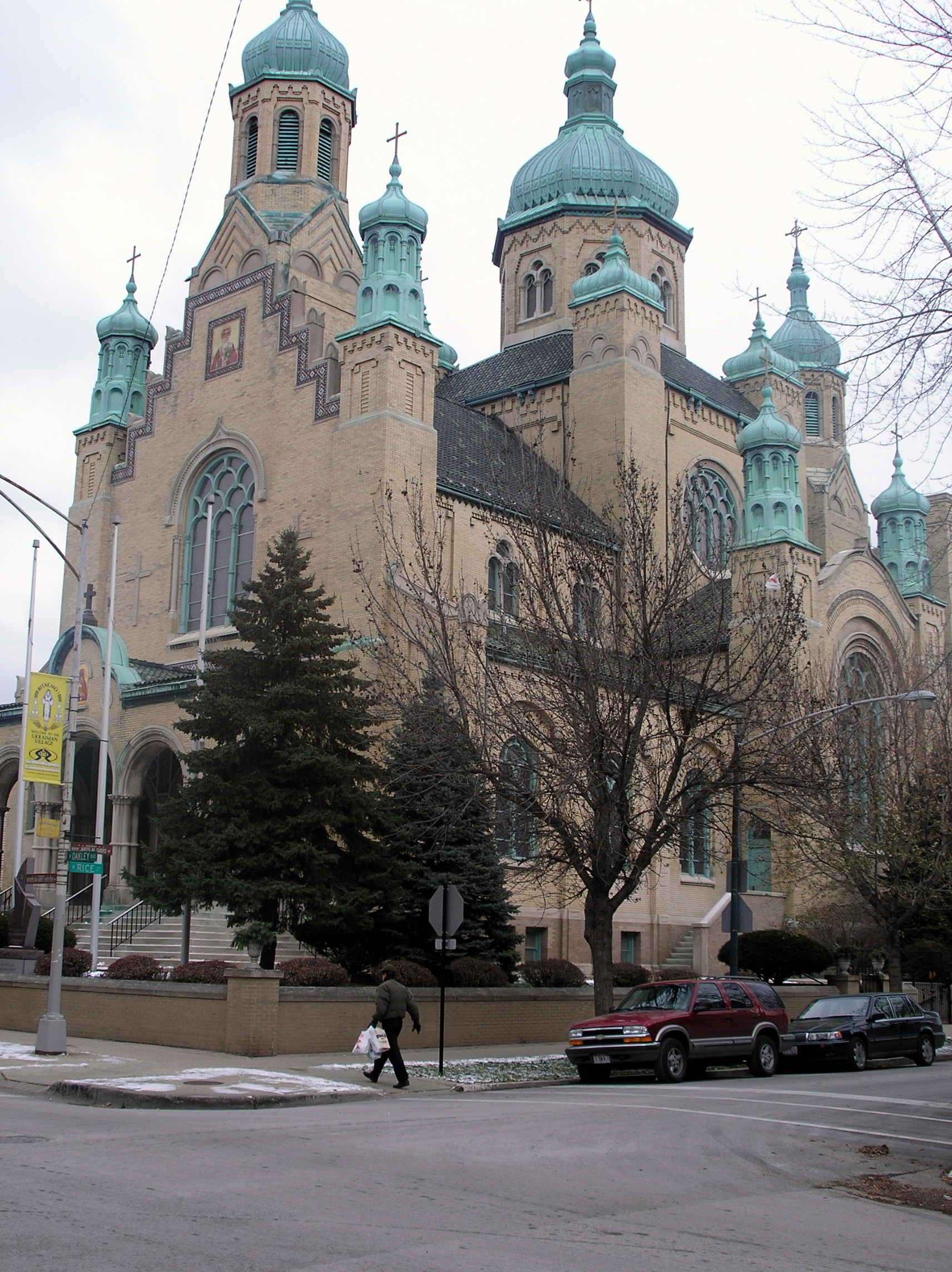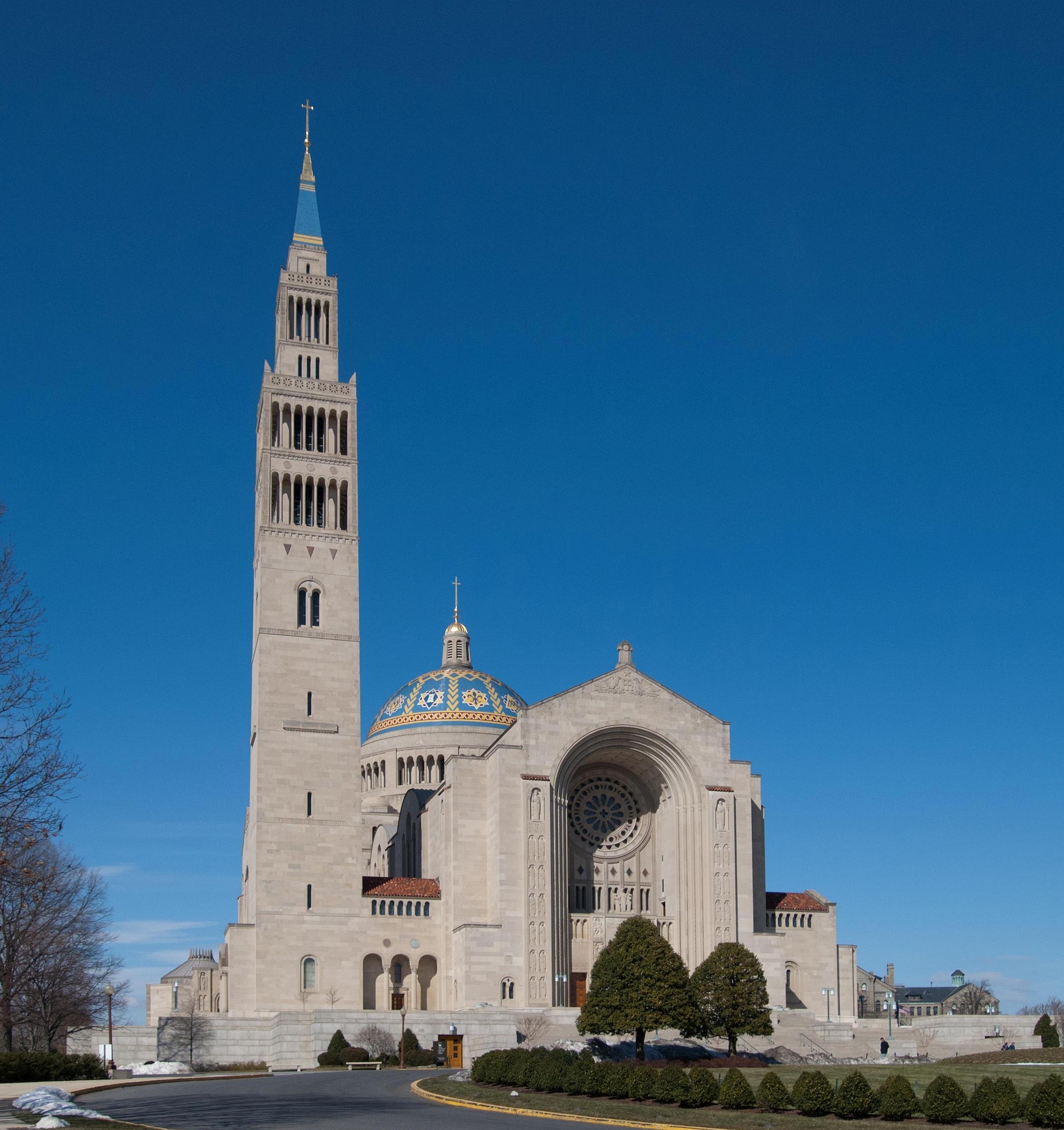 |
St. Mary's Catholic Church, Plum Bayou, Arkansas
via Wikimedia Commons |
For anyone considering a conversion to Catholicism, this is the time of year to start getting serious. Unlike many other faiths and other Christian denominations, the Catholic Church does not accept new members throughout the year. Instead, each Catholic Church launches a program in the fall called RCIA, which stands for Rite of Christian Initiation for Adults. This program, led by one of more leaders from your local church, brings you together with others from the church who are considering Catholicism, too. Over the course of about six months, leading up to Easter weekend, you will learn about various aspects of the doctrines, traditions and rituals of the Catholic Church. During this time, you will also receive a lot of support to help you on your faith journey. You may stop participating at any time, or if you are not yet ready to make your profession of faith at the end of the time, you may continue your exploration and make your profession later. (Read my post:
So, You Want to Be a Catholic, Step One)
Maybe you are not that far along in your decision. Maybe you need to learn a bit more before you start down the RCIA path. That's perfectly okay. Unlike some other faiths, the Catholic Church is not heavy-handed about conversions. You are not likely to be asked to make a decision at the end of every service as happens elsewhere. The Catholic Church really encourages people to think about the decision--just as the Catholic Church invests a lot of prayerful study and consideration into its decisions about everything. As my Deacon said, the Roman Catholic Church acts in Roman time, and if you've ever been to Rome, you'll understand what that means. Things there are not as rush-rush busy as we Americans are accustomed to in our daily lives!
 |
Holy Name Cathedral, Chicago, IL
via Wikimedia Commons |
So, your actual first step really should be finding the parish and the Mass (which is the equivalent of the services you may be used to in Protestant churches, except the Eucharist--or Communion--is always included) where you feel most comfortable. The parish is the faith community centered around a particular church. Some are small while some are very large. Some have very contemporary architecture and design while others are extremely historic and ornate. If you live near a Cathedral, which is the home parish of the Bishop or Archbishop, or a Basilica, which holds special privileges granted by the Papacy, you will likely find it to be very ornate.
There is also a lot of variation among the Masses, even within the same parish. For instance, there are four Masses each weekend in my Parish. The Saturday afternoon Mass is very traditional with organ music and very little congregational singing and a traditional cantor to lead the responsorial parts of the service. Early Sunday morning, we have a traditional Mass conducted in Spanish, followed by another slightly more contemporary Mass with more singing and a simultaneous children's church. Then on Sunday evening, we have a very contemporary Mass; instead of organ music and cantor, there is a folk-style band and choir and a lot of congregational singing.
If you live in an area with few Catholic churches, you may not have a lot of choices, but if you live in a larger town or city or town, you will likely find a lot of variety. There may be Masses offered in a variety of other languages, including Latin! You may find many different styles of music. You may also find a variety of pastoral styles. The smallest churches may have only one priest to deliver the homily (like a sermon). While bigger ones may have a deacon or another priest who will sometimes present the homily. In my Parish, our priest tends to tell a number of short illustrative stories that link the scriptures to our contemporary lives, while our deacon always opens with a joke and then provides a lot of historical, cultural, and broader scriptural context. The largest churches may have several priests and deacons.
 |
Basilica of the National Shrine of Immaculate Conception,
Washington, D.C.
via Wikimedia Commons
|
So, if you are fortunate to live near a few Catholic Churches, you may wish to visit more than one and sample the Masses at different times to determine which one helps you feel closer to God. No matter which you choose, you are likely to find a diverse congregation and a nice welcome. While many so-called "cradle Catholics" are not familiar with the evangelical and proselytizing style of many Protestant churches, that doesn't mean that they are not excited to see you. So, don't be put off if you do not receive a muffin tray or follow-up welcoming phone call like you might have seen done elsewhere. Catholics are just not starting to be more "invitational" in their style--it is a particular goal of Pope Francis that they be more engaging in reaching out and welcoming in. They really do want you to feel welcome and they really are glad you are there, but some of them may be just a little "shy" in their demeanor. Many parishes have a welcome table or other resource for visitors and newcomers, so stop by there, or feel free to talk to any of priests, deacons, sisters, or parish staff with any questions you may have. I have found that the religious sisters are particularly lovely and excited to see new faces--if you are looking for a hug, a sister is the best person to find! (However, since very few of them wear habits any more, you might have a bit of trouble recognizing them. They will be dressed modestly, with simple hairstyles, very little to no makeup and sensible shoes! Some may wear wedding rings as "brides of Christ," depending on their Order.)
To help you find the Masses near you, I recommend checking out
the Mass Times web site. You can find out the locations, times, basic styles and languages of Masses in the area. This site is also a great tool for finding a Mass when you are traveling.

No comments:
Post a Comment